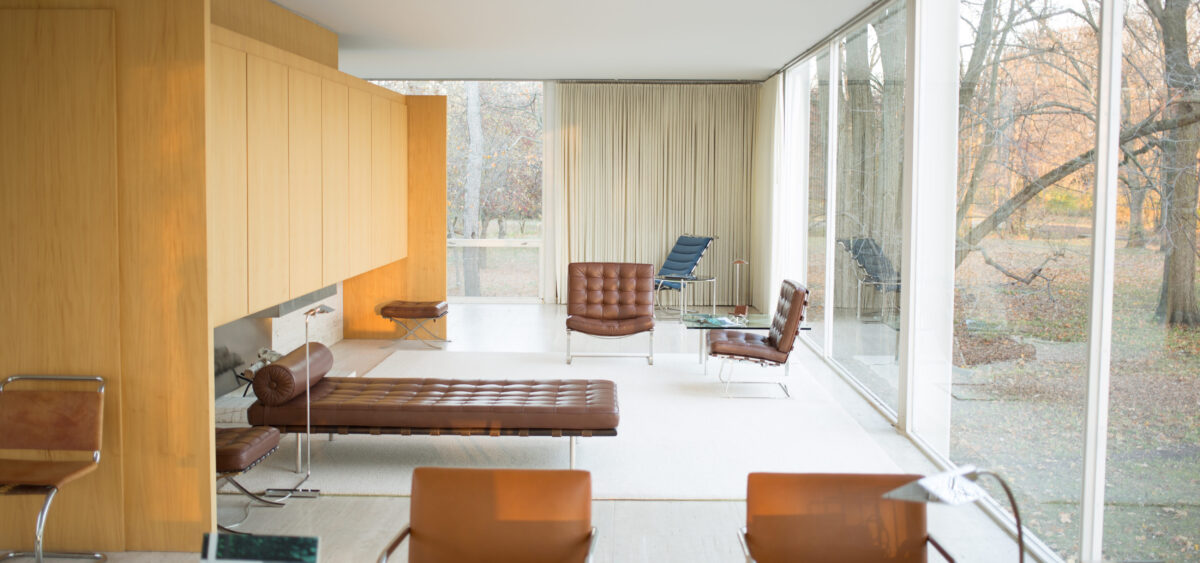
He tries to work with nature, not against it. He creates gardens where the plants can move freely and choose their own place. The French gardener Gilles Clément wants to turn the Earth into one grand garden.
Gilles Clément is not easy to label. In many interviews, he states that he considers himself a landscape gardener rather than a landscape architect. He has written numerous books on gardening, but he avoids using the hermetic language of his professional circles. Clément is passionate about entomology, even though his early encounters with insects almost cost him his life. And finally – crucially for our interview – he is an extraordinary designer of gardens and parks in his homeland, even though he does not seek inspiration in the historically traditional French formal gardens.
Clément’s projects are not based on any guaranteed aesthetic solutions. They are more like a manifesto of a certain school of thought that challenges our habits and clichés, introducing new energy, freedom and creativity to our relationship with nature. Clément values the process itself, and prefers experiments to dogmas and certainties. “Work with nature as much as possible, rather than against it,” he says in nearly every interview. His actions are radical, brave and egalitarian. In his works, nature is equal to man, and man is equal to nature. However, unlike many radical ecologists, Clément believes human presence in the world is a necessity – who other than us could appreciate the beauty of nature in its entirety?
In early Ma








